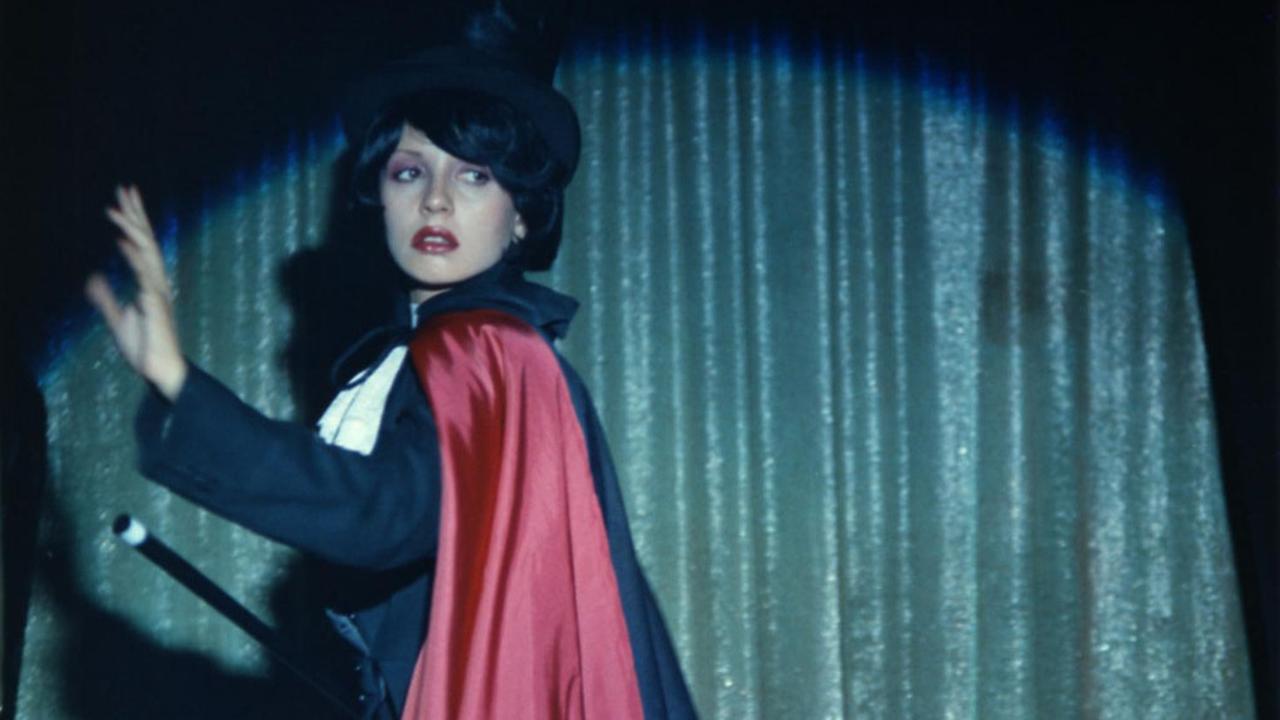
Delving into the plethora of great films from around the world can sometimes be a daunting experience. With so many countries having produced so many incredible films over the last hundred years or so, it is difficult for any film fan to seek out and watch the so-called ‘classics’ they are yet to see. With that in mind, here is 10 great world cinema classics you’ve probably never seen, but definitely should.
10. The Big City (India, Satyajit Ray, 1963)
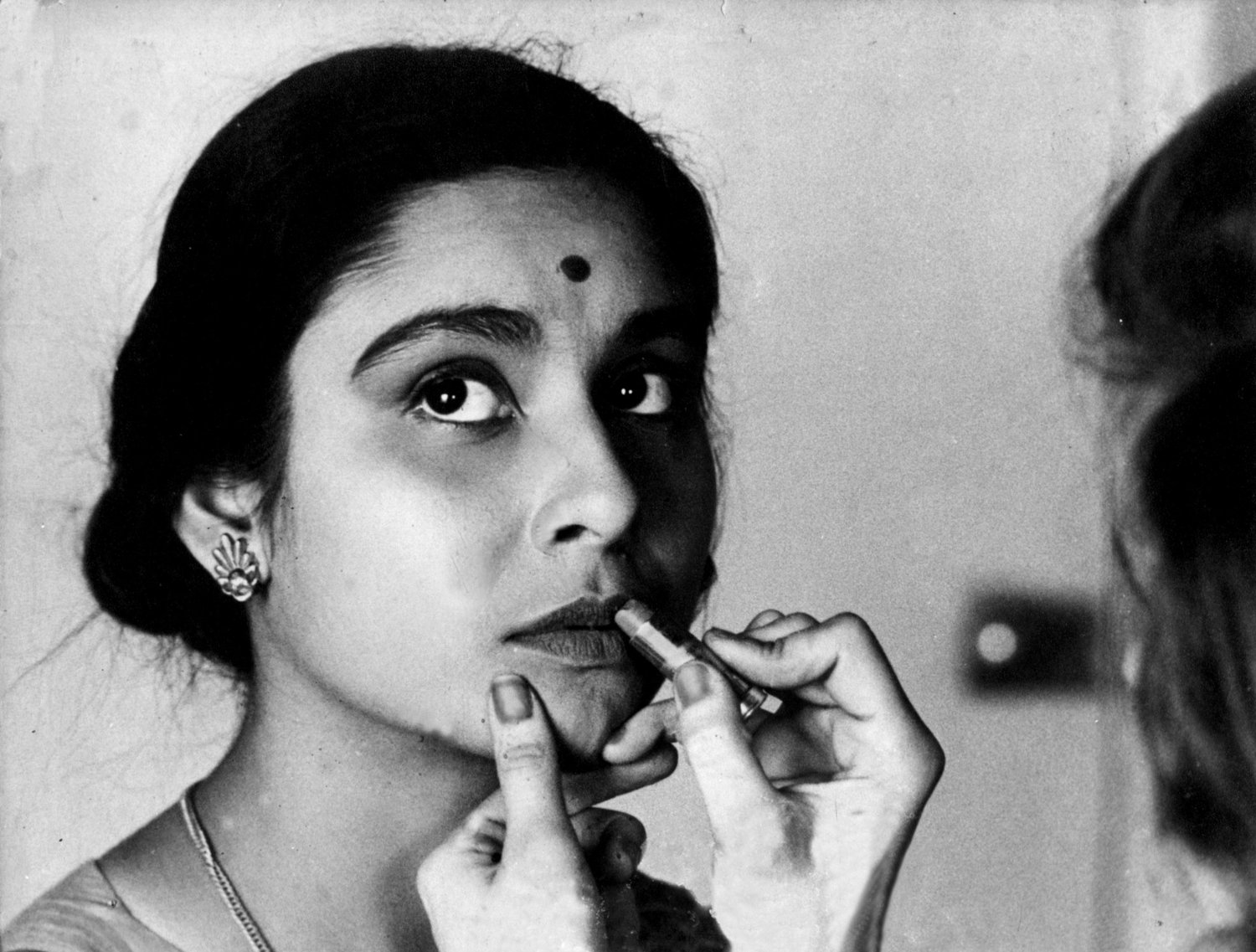
Most known for his breathtaking “Apu Trilogy”, filmmaker Satyajit Ray is perhaps the most well-known name in Indian cinema. Which is why it’s so surprising that one of his best films, “The Big City” is hardly ever mentioned among film debates. Based on the short story “Abataranika”, written by Narendranath Mitra, this 1963 Bengali masterpiece stars Madhabi Mukherjee as Arati, who unsettles her orthodox family by getting a job as a saleswoman.
Evident in his entire filmography, Satyajit Ray was concerned with the role of women in this new, independent and developing India. Once Arati departs from her house and starts pacing the claustrophobic streets of Calcutta, Ray switches to handheld filming, an unstable experience for any viewer, emphasising this step into a larger world for Arati, one which is uncompromising and unhinged.
From this moment onwards, “The Big City” transforms into a perfect early-feminism film, respectful to all of its characters in a tender yet realistic way. It’s truly a testament to Ray’s work and how beautifully he can capture seemingly mundane events and stories.
9. Black Girl (France/Senegal, Ousmane Sembène, 1966)
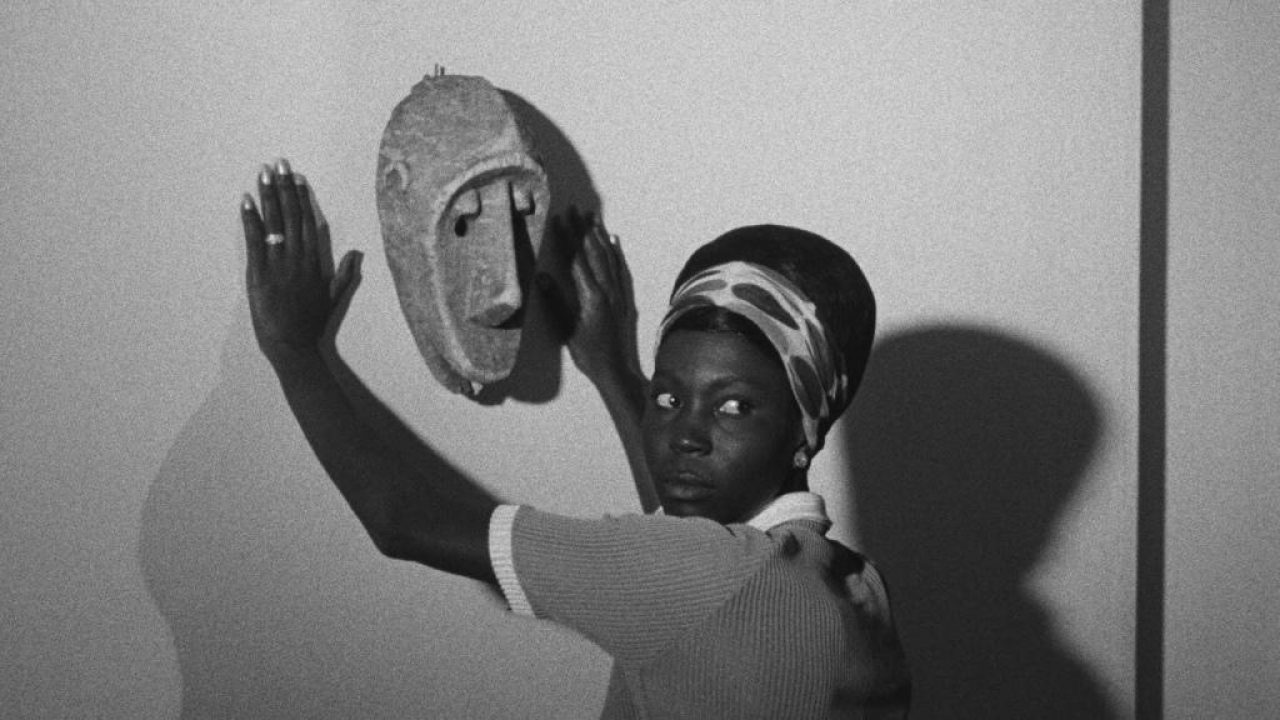
Directed and written by Ousmane Sembène, “Black Girl” stars Mbissine Thérèse Diop as Diouna, a Senegalese woman who moves from Dakar in Senegal to Antibes in France to work for a wealthy, white French family. “Black Girl” was one of the pioneering films to address the larger issues of post-colonial identity within Europe and Africa.
In terms of its symbolistic take on racism, especially with the African mask that Diouana gives to her employers, “Black Girl” could be seen as a precursor to films such as Jordan Peele’s “Get Out” and TV shows like FX’s “Atlanta”. It truly is a testament to how ahead of its time this French-Senegalese piece of work is, that a film made in 1966 can be so bold in its storytelling. What’s even more impressive, is that this hour-long masterpiece was Sembène’s first feature-length film.
With a spellbinding performance from Mbissine Thérèse Diop, “Black Girl” is a truly heart-breaking tale of racial and female identity.
8. Le Trou (France, Jacques Becker, 1960)
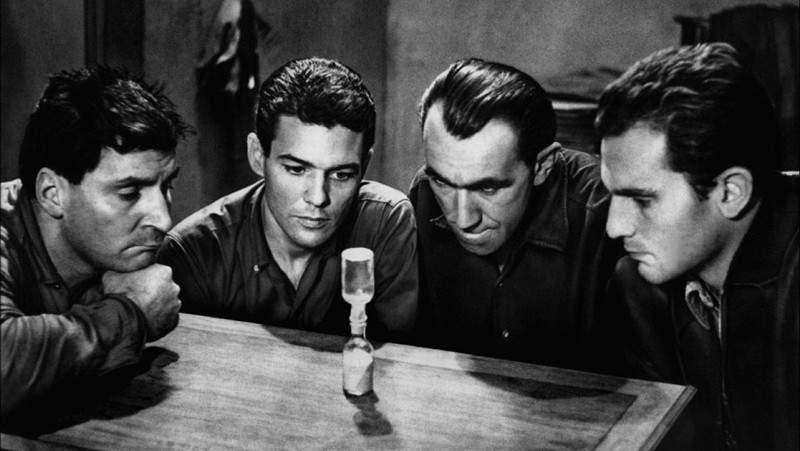
“Le Trou”, also known as “The Hole” is an utterly gripping adaptation of José Giovanni’s 1957 novel “The Break”. Helmed by Jacques Becker, who was formally an assistant to legendary director Jean Renoir, this French crime thriller is constantly being regarded as the greatest prison escape film ever made yet is mostly unknown among most movie goers. It focuses on a young French man who is forced to move to a different prison cell while awaiting his trial. Upon meeting his four new inmates, they feel compelled to include him in their scheme to escape the prison.
What makes “Le Trou” different from most prison escape films, is the almost meditative tone throughout. Becker will craft gorgeous long takes of pure silence, just focussing on the characters digging or hammering or thinking.
Cinematographer Ghislain Cloquet captures these determined French men much like a typical film-noir cinematographer would capture a gritty detective. Through the worn out eyes of each inmate, we are able to glimpse into the past that got them there in the first place, and it is harrowing yet beautiful at the same time.
Even more impressive is the fact that the cast of “Le Trou” is for the most part, made up of non-actors, emphasising the anonymity of each prisoner. “Le Trou” is one of the most enthralling and stressful prison films of all time, and it’s a shame that many people haven’t seen it, including the director Jacques Becker, who passed away just weeks after principal photography had ended.
7. Pastoral: To Die in the Country (Japan, Shūji Terayama, 1974)
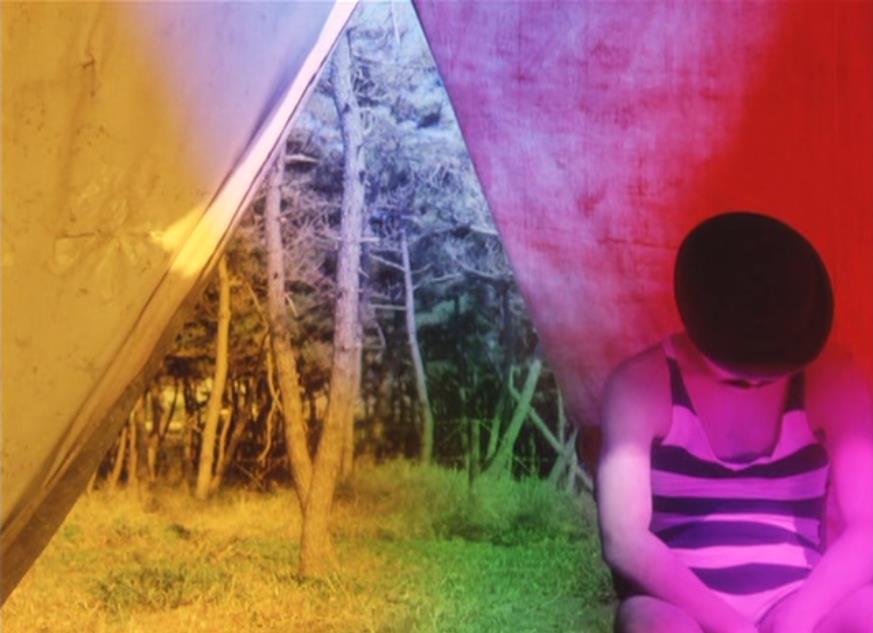
“Pastoral: To Die in the Country”, also known as “Pastoral Hide and Seek” is an avant-garde, experimental piece of work by Japanese poet, director, dramatist, writer and photographer Shūji Terayama. This mostly unknown third-entry in the director’s filmography is his most personal and surreal effort, a somewhat autobiographical take on his own childhood.
Many will bask in Terayama’s use of symbolism to create ghastly yet alluring images, yet mid-way through this Japanese psychedelic masterpiece, the shift changes as we discover we are watching remnants of an incomplete film of a director attempting to catch the essence of his own childhood. Confused? So is everyone.
The more Terayama uses this film to delve into his own subconscious and search for answers that will quench his own curiosity, the more dreamlike it becomes. The use of colour must be mentioned. Gorgeous reds sweep across the screen, representing love and passion, yet also danger and warning, two sides of the same coin that is this sometimes-bonkers film.
What makes the experience even eerier is the use of white make-up, covering the actor’s bodies and creating a dream-like, almost supernatural experience. Ghosts of the past, dancing within one man’s own conscious. A war against your own inner-demons, disguised as a fantasy body horror for the ages. Haunting.
6. Touki Bouki (Senegal, Djibril Diop Mambéty, 1973)
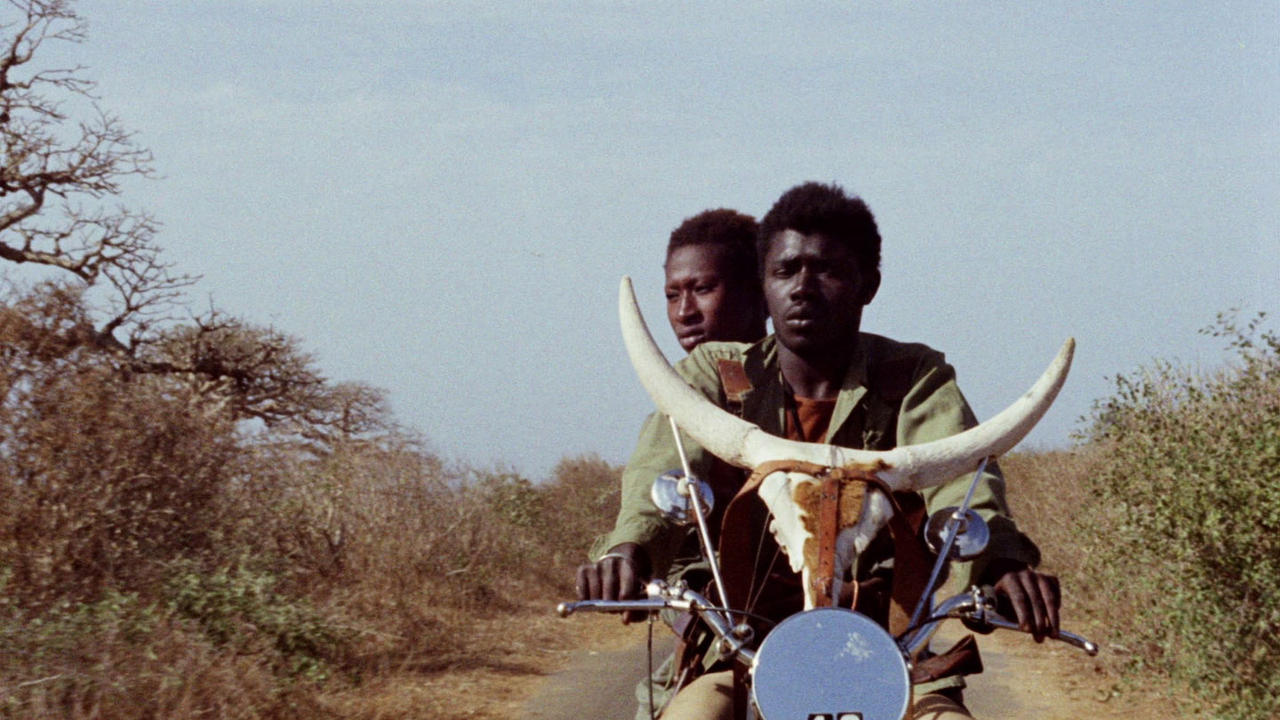
Before, Senegal gained its independence, filmmakers could only produce films that were accepted by the colonisers, amounting to a sleuth of unrealistic, pandering portraits of Africa. However, in 1960, after Senegal gained its independence, and 13 years later, with no formal training, and only $30,000 (obtained in part by the Senegalese government), writer and director Djibril Diop Mambéty made “Touki Bouki”, also known as “Journey of the Hyena”.
One of the pioneering achievements of African cinema, “Touki Bouki” tells the story of a charismatic vaquero and a bored university student, who plan to escape their tedious rural lives by travelling to Paris on a skull-mounted motorcycle in search of adventure and money.
It’s the combination of compelling performances from the condensed cast, especially Magaye Niang, and the avant-garde filmmaking clearly inspired by the French New Wave (particularly Godard). Georges Bracher’s cinematography is surprisingly stunning considering the budget, capturing the vast landscapes of Senegal.
The lingering want for a better life is what fuels this romantic-drama, and the experimental use of camera work, sudden moments of pure fantasy and disbelief and the dazzling use of music is what makes “Touki Bouki” one of the most important African films ever made.